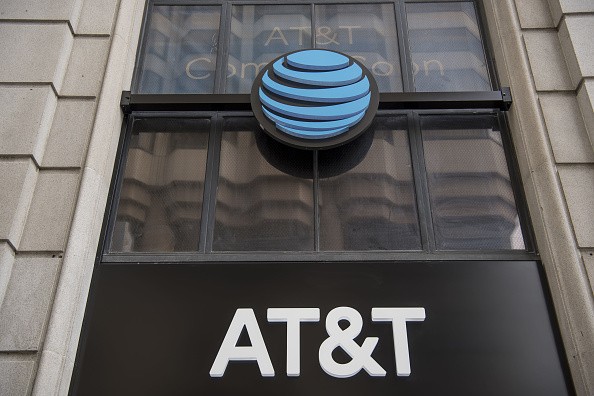
AT&T has revealed its new plan of beating Google Fiber for the fastest data transmission. The telecom company announced Project AirGig on Tuesday, and stated that the project is a product of a ten-year study and a hundred copyright usages for new technologies.
Recently, Nokia Bell Labs, in collaboration with Deutsche Telekom and the Technical University of Munich, proves that optical technology is a thousand times swifter than Google Fiber. Same thing with AT&T's AirGig, Nokia's Terabit speed fiber optics technology also took a lot of years to research.
According to Forbes, AirGig is nonetheless developmental but would provide customers Internet speed which is more than 1 gigabit per second. Google Fiber also provide the same speed, however, the service is only available in chosen urban areas. A great number of Americans still obtain tens of megabits of Wi-Fi speeds which are a meager portion of Google Fiber or AirGig.
This AT&T's AirGig is an exploratory structure that locates inexpensive plastic antennas along current power grids to supply low-priced, multi-gigabyte internet. Up to this time, AT&T has tried the system on its own grounds. It differs from another system because of its utilization of the current infrastructure to maintain a low-cost internet service.
"You don't have to lay any fiber, you don't have to touch anything, other than getting some of these devices up on the wires," said AT&T chief Strategy Officer John Donovan.
This is not the initial attempt that a tech company tried to integrate power lines and the internet, called Broadband over Power Lines (BPL). Earlier experiments nose-dived because of lingering speeds and delay issues. However, AT&T's shot is unique because it doesn't send signals through power lines, CNN Money reported.
The system's economical plastic devices do not really tap into the power. Rather, their wireless signals have been given a lift outside of the medium voltage lines, just like clutching to the wire to ride along to its landing place.
The tech company stated that the arriving need for internet-greedy technologies including virtual reality, video streaming, and automated vehicles will necessitate new internet options. Additionally, its technology is in its early stages and that a mass disposal will not take place until 2019 or 2020.



